
Introduction: History of Egypt pyramids
History of Egypt pyramids, stand as an enduring testament to the ingenuity and grandeur of ancient civilizations. These majestic structures have fascinated people for centuries, sparking intrigue and awe. History of Egypt pyramids, we will delve into the history of the Egypt pyramids, exploring their significance, construction techniques, and the mysteries that surround them History of Egypt pyramids,.
Table of Contents:History of Egypt pyramids
- Origins of Pyramid Building
- The Great Pyramids of Giza
- Pyramid Construction Techniques
- Purpose and Significance of Pyramids
- The Pharaohs and Pyramid Complexes
- Pyramids Beyond Giza: Saqqara and Dahshur
- Mysteries and Legends Surrounding the Pyramids
- Origins of Pyramid Building:
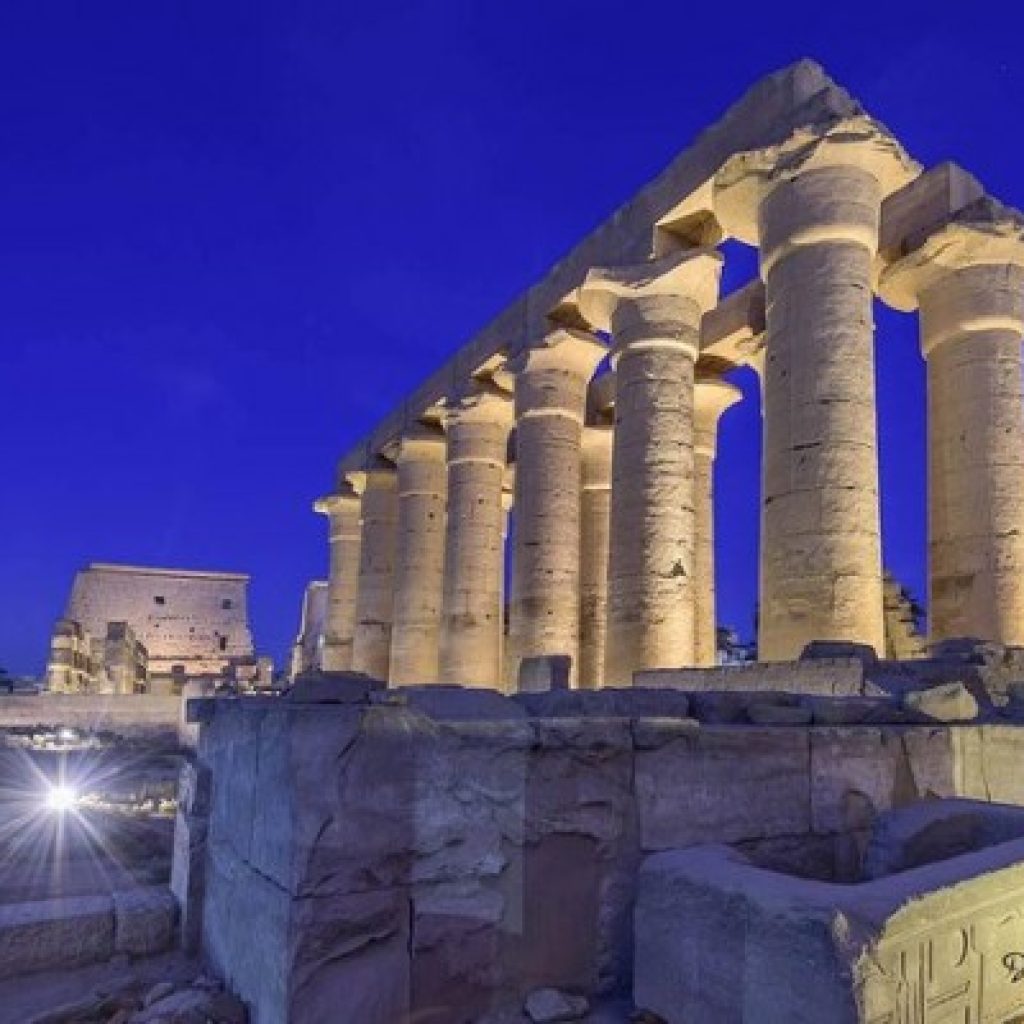
1.Origins of Pyramid Building
The history of pyramid building in Egypt dates back to the Early Dynastic Period, around 2600 BCE. The early pyramids, known as step pyramids, were constructed at Saqqara under the reign of Pharaoh Djoser. These step pyramids served as burial monuments for the pharaohs, symbolizing their divine status and ensuring their immortality.
- The Great Pyramids of Giza:
The Great Pyramids of Giza, located on the outskirts of Cairo, are the most iconic and well-known pyramids in Egypt. Built during the Old Kingdom period, they include the pyramids of Khufu, Khafre, and Menkaure. The Great Pyramid of Khufu, also known as the Pyramid of Cheops, is the largest and oldest of the three, standing as one of the Seven Wonders of the Ancient World.

- Pyramid Construction Techniques:
The construction of pyramids was an engineering marvel of the ancient world. The pyramids were built using limestone blocks quarried from nearby areas and transported to the construction site. The precise alignment and fitting of these massive stones remain a mystery, as the ancient Egyptians did not leave detailed records of their construction methods. It is believed that ramps, sledges, and a vast workforce of skilled laborers were involved in the construction process.
- Purpose and Significance of Pyramids:
The primary purpose of the pyramids was to serve as elaborate tombs for the pharaohs, who were believed to ascend to the afterlife and become gods. The pyramids were designed to protect the pharaoh’s body and belongings, ensuring their eternal existence. The complex architecture of the pyramid complexes, including mortuary temples and causeways, played a significant role in the pharaoh’s journey to the afterlife.
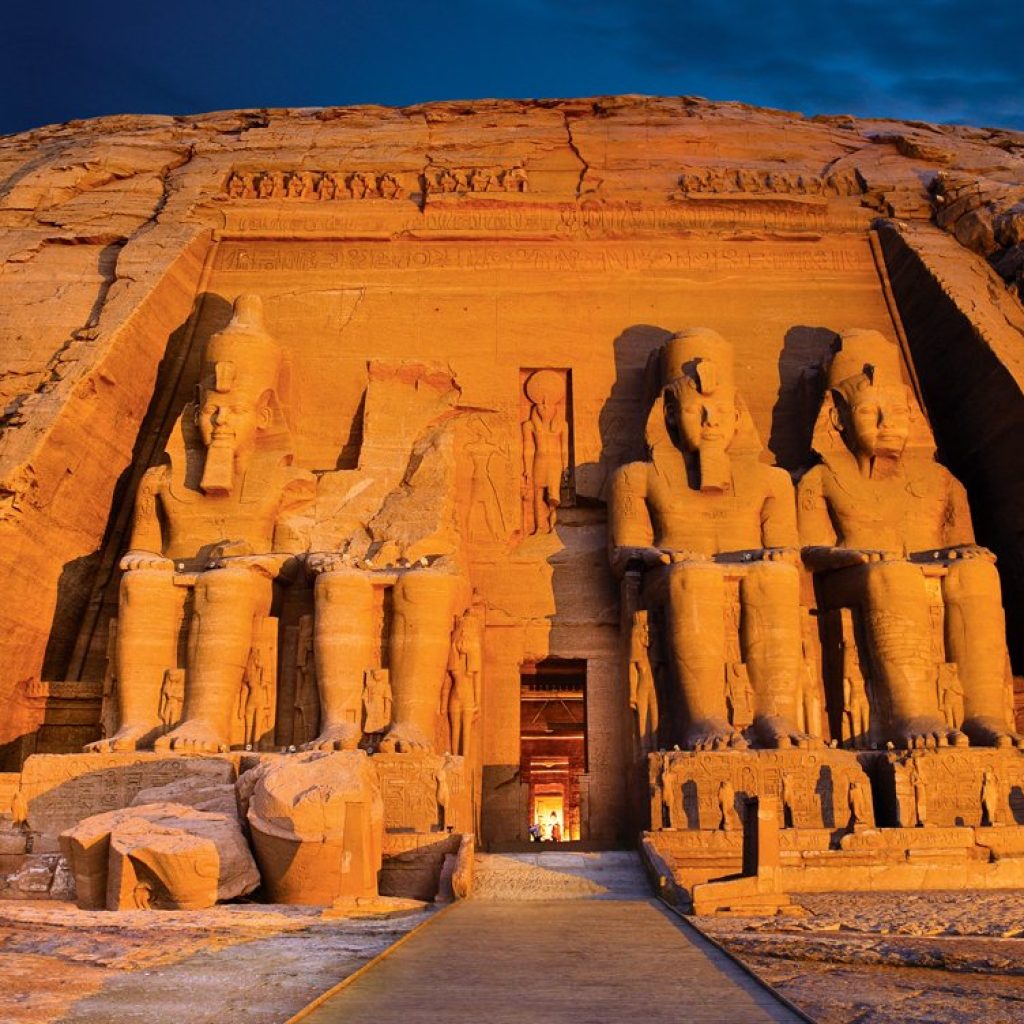
- The Pharaohs and Pyramid Complexes:
Each pharaoh desired a grand pyramid complex that showcased their power and divine connection. These complexes included not only the pyramid itself but also temples, causeways, and smaller satellite pyramids. The Valley Temple at the base of the pyramid served as a place of purification and preparation for the pharaoh’s burial.
- Pyramids Beyond Giza: Saqqara and Dahshur:
While the pyramids of Giza are the most famous, Egypt is home to numerous other pyramid complexes. Saqqara, located near Cairo, is known for the Step Pyramid of Djoser, the first pyramid ever built. Dahshur, south of Cairo, is notable for the Bent Pyramid and the Red Pyramid, both constructed during the reign of Pharaoh Sneferu.
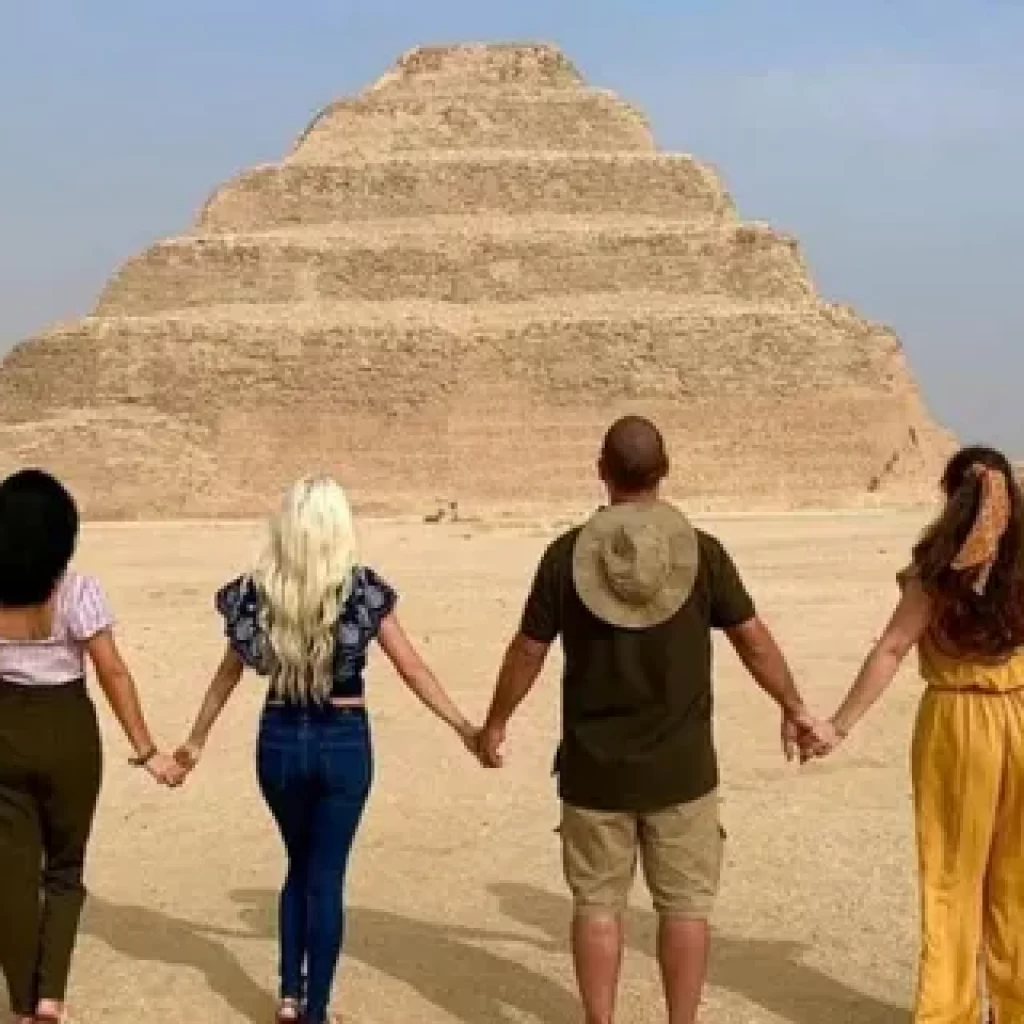
- Mysteries and Legends Surrounding the Pyramids:
The pyramids have sparked countless mysteries and legends throughout history. From theories about alien involvement to hidden chambers and secret passageways, these enigmatic structures continue to intrigue researchers and explorers. Ongoing archaeological discoveries and advanced technologies are slowly unraveling the secrets of the pyramids.
Conclusion: History of Egypt pyramids
The pyramids of Egypt stand as magnificent reminders of a bygone era. They are not only architectural wonders but also symbols of the ancient Egyptians’ belief in the afterlife and their reverence for the pharaohs. The history of the Egypt pyramids is a testament to the remarkable achievements of human civilization and the enduring fascination they hold for people around the world.

FAQs: History of Egypt pyramids
- Q: How were the pyramids of Egypt built?
A: The exact construction methods of the pyramids remain a mystery. However, it is believed that ramps, sledges, and a large workforce were involved in the transportation and placement of the massive limestone blocks. - Q: Who built the pyramids of Giza?
A: The pyramids of Giza were built by the pharaohs of the Old Kingdom period, with the Great Pyramid of Khufu being the most famous. Skilled architects, engineers, and laborers were involved in the construction process. - Q: How long did it take to build a pyramid?
A: The construction of a pyramid could take several decades or even longer, depending on its size and complexity. The Great Pyramid of Khufu is estimated to have taken around 20 years to complete. - Q: What is inside the pyramids?
A:Inside the pyramids, there are typically burial chambers where the pharaoh’s sarcophagus and funerary goods were placed. These chambers were adorned with intricate carvings and hieroglyphs, depicting scenes from the pharaoh’s journey to the afterlife. - Q: Are there any hidden chambers in the pyramids?
A: While there have been speculations about hidden chambers within the pyramids, thorough exploration using modern technologies, such as ground-penetrating radar and thermal imaging, has not provided conclusive evidence of undiscovered chambers. - Q: How were the pyramids protected from grave robbers?
A: The pyramids were constructed with intricate passageways, hidden doors, and traps to deter thieves. Additionally, the pyramids were guarded by a team of priests and royal officials who ensured the protection of the pharaoh’s burial and treasures. - Q: Can you go inside the pyramids today?
A: Yes, some of the pyramids, such as the Great Pyramid of Khufu, allow visitors to enter and explore the interior. However, access may be limited, and certain areas may be off-limits to preserve the structures.
These frequently asked questions provide a glimpse into the curiosity and interest surrounding the Egypt pyramids, shedding light on some common inquiries that people have about these ancient marvels.

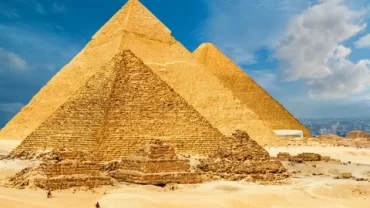

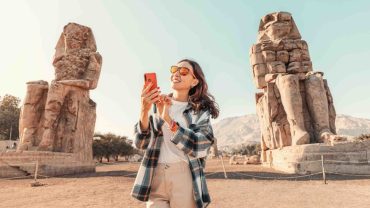

Comment (0)